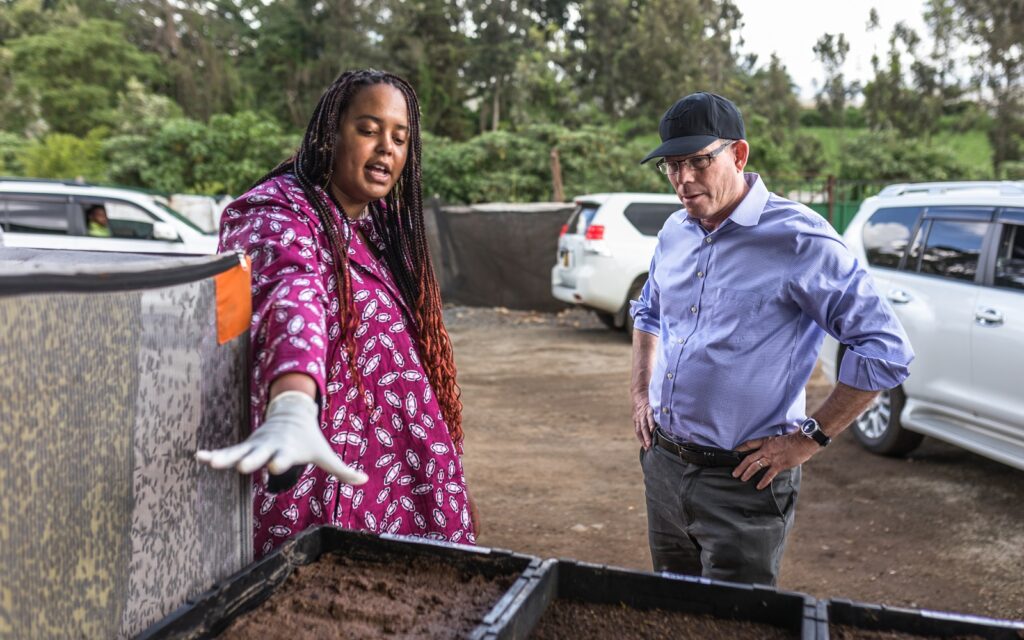The world is filled with innovators training their sights on big challenges. But going from an idea to an actual solution in people’s hands? That doesn’t happen often enough—and when it does, philanthropy has often played a bigger role than people may realize.
Consider this: Wild poliovirus once paralyzed 7,000 children a week. In 2023, that number was only 12 children—over the entire year. That progress was possible because of brilliant innovators who discovered breakthroughs and frontline heroes who made sure that solutions reached children, even in the most remote parts of the world. And so much of that was possible because of philanthropy: Rotary International, our foundation, and other organizations dedicated to a future where polio is a thing of the past.
This is just one example of how, in the last few decades, governments and nongovernmental organizations have made incredible advances in the fight against infectious diseases. Gavi, the Vaccine Alliance, has facilitated the immunization of more than 1 billion children. The Global Fund has saved 59 million lives from HIV, TB, and malaria. And the Carter Center and its partners are on the verge of making Guinea worm disease, a debilitating parasitic infection, the second human disease in history to be wiped off the face of the earth.
These accomplishments have a few things in common. They reflect the hard work of thousands of people. And they all were made possible by philanthropic contributions. Part of that is the money itself. But how philanthropists direct their funds, and who they collaborate with, is just as important.
For our foundation, that means looking for market failures—that is, areas where the public and private sectors may not have enough incentive to step in, so progress is unlikely if philanthropies don’t act. And it means catalyzing action from others, so that together, we can help scale lifesaving innovations and equip problem-solvers with the tools to go farther, faster.
This is one of the most exciting parts of philanthropy: it has the flexibility to adapt quickly and take risks others can’t, which can accelerate progress.
We move things forward, but we don’t do it alone. We do all our work in close collaboration with countries and communities to drive progress toward goals they’ve set—not the other way around. After all, while philanthropy can take risks and help fill gaps that would otherwise be overlooked or underfunded, it only makes a difference when it works in partnership with governments, the private sector, and local experts.



